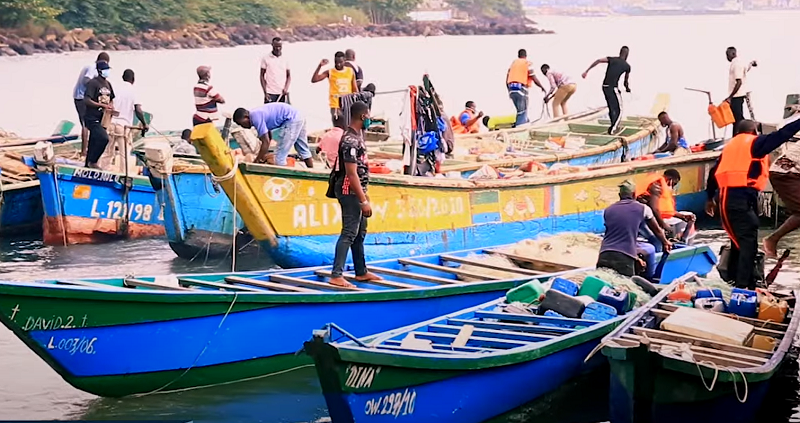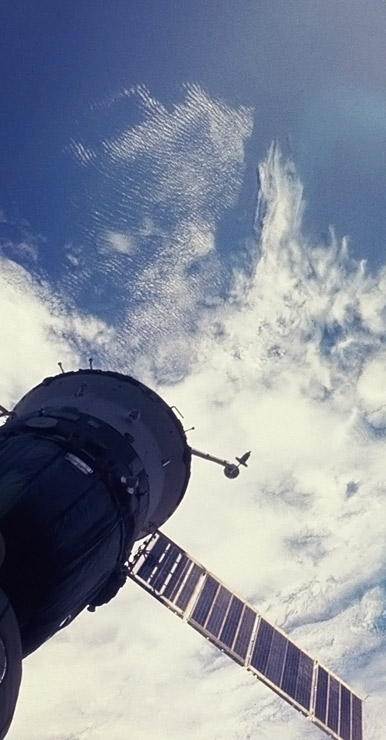Gabon’s Minister of Fisheries, Agriculture and Food Security, Biendi Maganga-Moussavou, together with the Ministers of Defense Michaël Moussa Adamo and Environment Lee White, launched on July 2nd, in Libreville the national program to equip artisanal maritime fishing vessels with satellite technology. Based on the NEMO system, developed by CLS for traditional fisheries, this technology will allow a better control of landings and catch declarations, improve the safety of fishermen and ensure the sustainability of a key resource for a whole part of the Gabonese economy.
Gabon, which is thus relying on state-of-the-art satellite technologies, is positioning itself as a leader in the sustainable management of artisanal fishing activities.
Government mobilized for the future of its traditional fisheries and marine resources
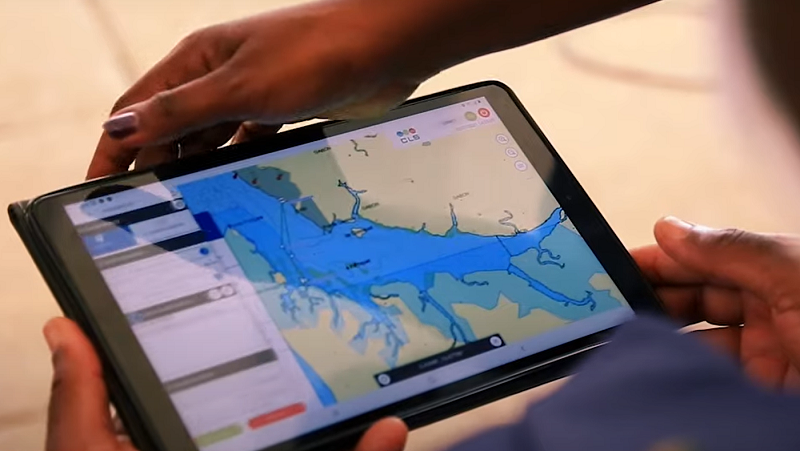
By equipping itself with the NEMO monitoring, management and empowerment system for artisanal fishing fleets, developed by CLS, the Gabonese government is taking a major step forward in the monitoring of its protected areas while reinforcing the safety of its fishermen.
The project is based on a robust, marinized, autonomous and easy-to-use satellite beacon that will soon equip all of Gabon’s artisanal fishing boats.
With this project of complete equipment of an artisanal fleet, Gabon is a leader in terms of sustainable management of traditional fisheries.
The objectives of this deployment are multiple and strategic for the economic and security future of Gabon:
- Protect the regulated zones, marine protected areas, which represent a quarter of the exclusive economic zone of Gabon, the largest network of marine protected areas in Africa. The biological recovery of these areas is strategic to ensure the protection, sustainability and renewal of Gabon’s fisheries heritage;
- Strengthen knowledge on artisanal fishing. Until now, very little data on artisanal fishing was available to the scientists in charge of making recommendations for the sustainable management of stocks. The information reported by the NEMO system represents key data to assist the authorities in their decision-making.
- Improve the working conditions and safety of fishermen. Each CLS transmitter is equipped with an assistance request system. In case of damage or accident, it allows fishermen to send a message to people on land. This represents an unprecedented lifeline for a community that often leaves without a link to the mainland for several days.
Learn more about the NEMO system
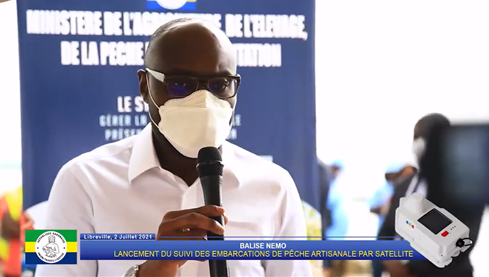 Biendi Maganga Moussavou, Minister of Fisheries, Agriculture and Food Security, stated at the launch of the program on July 2: “NEMO makes it possible to know at any moment where each boat is located, where each fisherman is located. Each fisherman can also know where his fleet is located, if he is located in a marine protected area and above all this device allows him to give the alert in case of danger. And here I would like to pay a vibrant tribute to the President of the Republic of Gabon, the Head of State, His Excellency Ali Bongo Ondimba, who through his vision in the Gabon-Blue pillar does not cease to install Gabon as a leader in the conservation of our systems, the preservation of our resources so that future generations can benefit from these riches that we are pleased to enjoy today.”
Biendi Maganga Moussavou, Minister of Fisheries, Agriculture and Food Security, stated at the launch of the program on July 2: “NEMO makes it possible to know at any moment where each boat is located, where each fisherman is located. Each fisherman can also know where his fleet is located, if he is located in a marine protected area and above all this device allows him to give the alert in case of danger. And here I would like to pay a vibrant tribute to the President of the Republic of Gabon, the Head of State, His Excellency Ali Bongo Ondimba, who through his vision in the Gabon-Blue pillar does not cease to install Gabon as a leader in the conservation of our systems, the preservation of our resources so that future generations can benefit from these riches that we are pleased to enjoy today.”
Fishermen’s associations, stakeholders and drivers of the program
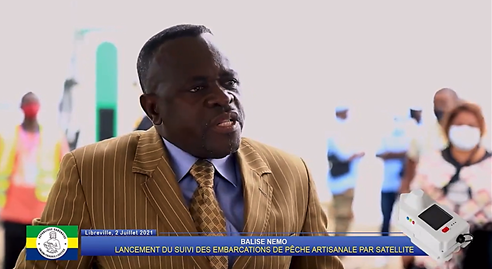
The Gabonese Confederation of Artisanal Fishermen’s Cooperatives and Fishmongers (CGCPAM) of Gabon welcomed this initiative of the government during the official launch of the program by taking the firm decision to accompany the authorities in this program of the future so that from now on a respectful, responsible and sustainable artisanal fishery is practiced.
Jean De Dieu MAPAGA, President of the CGCPAM “The CGCPAM is therefore proud to accompany the government in its efforts for a sustainable management of fisheries in general and the artisanal maritime sub-sector in particular. The CGCPAM is committed to unifying all its members during its next installation tour on the merits and the obligation to equip itself with this working tool. The present guidelines contribute significantly to resolving several of our concerns such as:
- The knowledge of fishing zones and marine protected areas,
- The safety of fishermen during navigation at sea.
Thanks to the technology and satellite tracking and the possibility for boat owners to locate exactly where their canoes are.”
Equip yourself with a NEMO beacon: a national obligation
All artisanal boats have until 2022 to be equipped with NEMO satellite beacons.
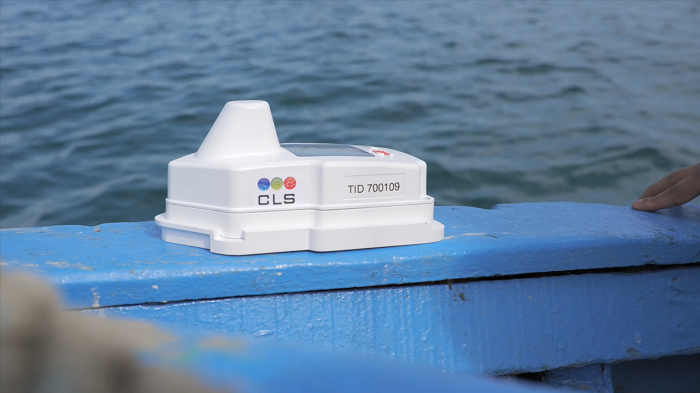
Biendi Maganga Moussavou, Minister of Fisheries, Agriculture and Food Security said:
“To the fishermen, I would like to tell you that we have counted the number of fishermen that there are in this country, that the presence of my colleagues, of all the members of the government here present is to make you understand that this is a very serious initiative. You will have no choice but to equip your boats with this beacon and any boat that is caught fishing without being equipped will be sanctioned accordingly and nothing can happen without these beacons. The government will be extremely firm on the strict application of this decision to equip your boats with this system. Therefore, I urge you to raise awareness among your members and the entire profession on the benefits of the mandatory use of these beacons.”
The implementation of this system is supported by the Ministry of Fisheries, Agriculture and Food Security, the Ministry of Defense, the Minister of Water and Forests and the National Navy.
CLS is working on this project in Gabon in close collaboration with the service company Canopé, which specializes in the geolocation of means of transport and in the exploitation of field data.

